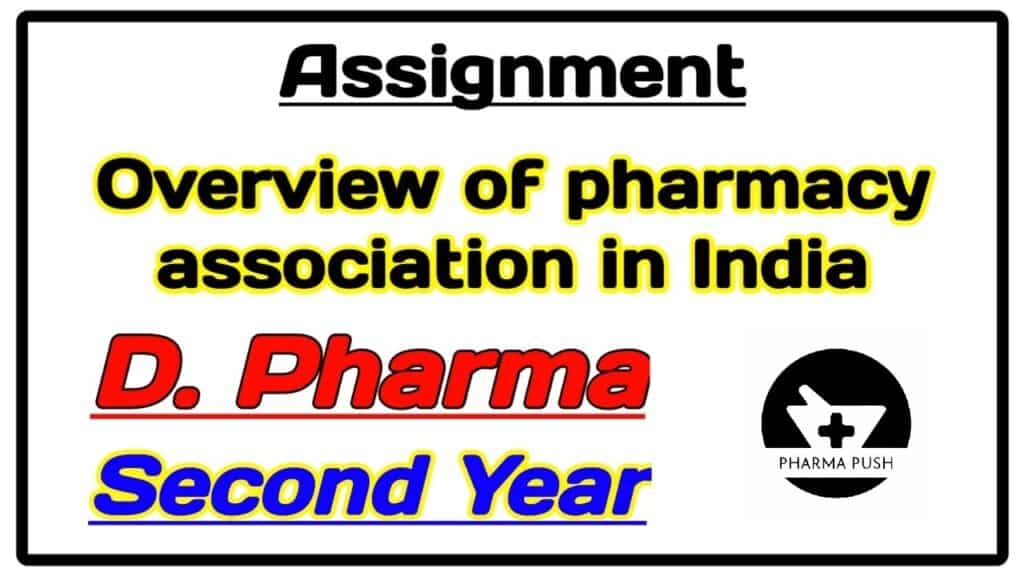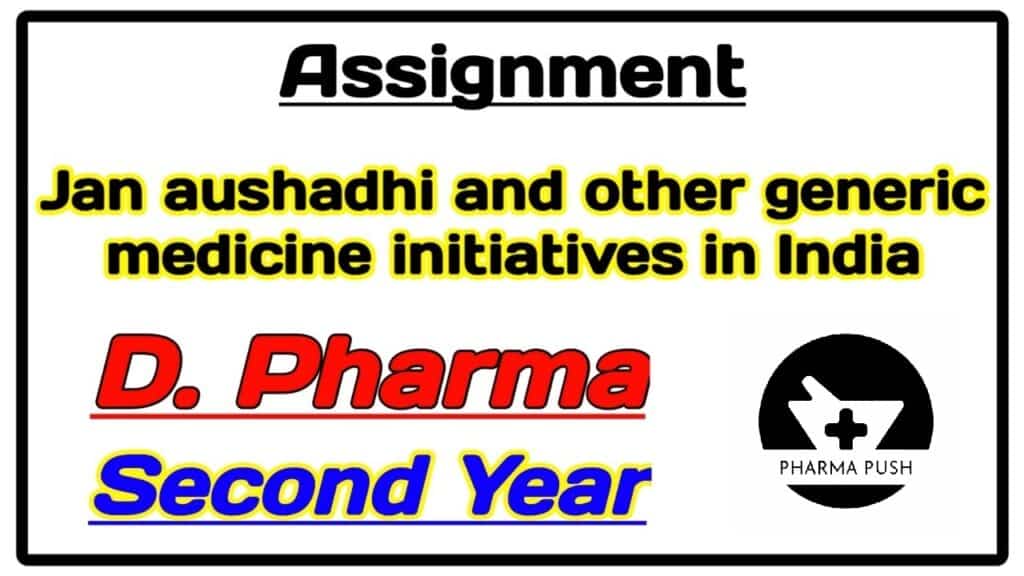Abstract
Dosage and medication reminder aids play a crucial role in healthcare by helping individuals adhere to their prescribed medication regimens. This paper explores the significance of these aids in improving medication adherence and patient outcomes. We discuss the challenges associated with medication non-adherence and the potential consequences of missed doses. Furthermore, we examine various dosage and medication reminder aids, including traditional methods such as pill organizers and alarms, as well as modern technological solutions like medication reminder apps and smart pill dispensers.
By understanding the importance of medication adherence and the available reminder aids, healthcare professionals and patients can work together to promote better health outcomes.
Introduction
Medication adherence is a critical aspect of managing chronic conditions and preventing complications. However, studies consistently show that a significant portion of patients fail to adhere to their prescribed medication regimens. This non-adherence can lead to worsening health conditions, increased hospitalizations, and higher healthcare costs. One of the primary reasons for medication non-adherence is forgetfulness.
People lead busy lives and may struggle to remember to take their medications as prescribed. This is where dosage and medication reminder aids become invaluable. These aids help individuals remember to take their medications on time and in the correct dosage, thereby improving adherence and reducing the risk of adverse health outcomes.
Five Rights of Medication
The “five rights” of medication administration serve as fundamental principles to ensure patient safety and the effectiveness of medication therapy. These rights include:
- Right patient: Ensuring that the medication is administered to the correct patient by verifying their identity using two patient identifiers, such as name and date of birth.
- Right medication: Confirming that the medication being administered is the one prescribed for the patient by checking the prescription label and comparing it to the medication order.
- Right dose: Administering the correct dosage of the medication as prescribed by the healthcare provider, taking into account factors such as the patient’s age, weight, and clinical condition.
- Right route: Ensuring that the medication is administered via the correct route (e.g., oral, intravenous, topical) as prescribed by the healthcare provider.
- Right time: Administering the medication at the correct time according to the prescribed schedule, taking into consideration factors such as the medication’s pharmacokinetics and the patient’s meal times.
You May Like: Jan Aushadhi and other Generic Medicine initiatives in India
You May Like: Overview of Pharmacy associations in India
Adhering to these five rights helps prevent medication errors and ensures the safe and effective use of medications.
Remembering for Medications
Remembering to take medications can be challenging, especially for individuals with complex medication regimens or cognitive impairments. Fortunately, there are several strategies and aids that can help improve medication adherence:
- Pill organizers: These are containers with compartments for organizing medications by day and time. Pill organizers help patients keep track of their medications and ensure they take the right pills at the right times.
- Alarms and reminders: Setting alarms on smartphones or using medication reminder apps can help patients remember to take their medications at scheduled times. These reminders can be customized based on the patient’s medication schedule and preferences.
- Associating medication-taking with daily routines: Linking medication administration to routine activities such as brushing teeth or eating meals can help establish a consistent medication-taking habit.
- Involving family members or caregivers: Family members or caregivers can play a vital role in supporting medication adherence by helping patients remember to take their medications, refilling prescriptions, and monitoring for any adverse reactions or side effects.
Some Extra Remembering Aids to Take Medication
In addition to traditional methods, several innovative technologies and devices have been developed to enhance medication adherence:
- Medication reminder apps: These smartphone apps allow users to set up medication schedules, receive reminders, and track adherence over time. Some apps also offer features such as medication refill reminders and medication interaction alerts.
- Smart pill dispensers: These devices dispense medications at pre-programmed times and can be set up to provide audible or visual reminders to take medications. Some smart pill dispensers also offer features like remote monitoring and notifications for missed doses.
- Wearable devices: Wearable devices, such as smartwatches and activity trackers, can be programmed to send medication reminders to users’ wrists. These devices offer the convenience of constant reminders without the need for a separate smartphone or pill dispenser.
- Integrated healthcare platforms: Some healthcare systems and pharmacies offer integrated platforms that allow patients to access their medication schedules, receive reminders, and communicate with healthcare providers seamlessly. These platforms may also offer medication management tools and educational resources to support adherence.
By leveraging these extra remembering aids, patients can personalize their medication management strategies and improve their overall adherence to prescribed regimens.
Conclusion
In conclusion, dosage and medication reminder aids are essential tools for promoting medication adherence and improving patient outcomes. By understanding the five rights of medication administration and exploring various remembering aids, healthcare professionals and patients can work together to overcome barriers to adherence and optimize medication therapy.

